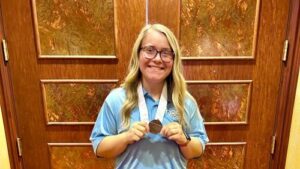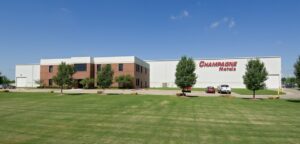The Twin Mounds Pioneer Cemetery, located on 33rd W. Ave between 161st and 171st streets, is one of the earliest examples we have of what life was like in the pioneer days of the area.
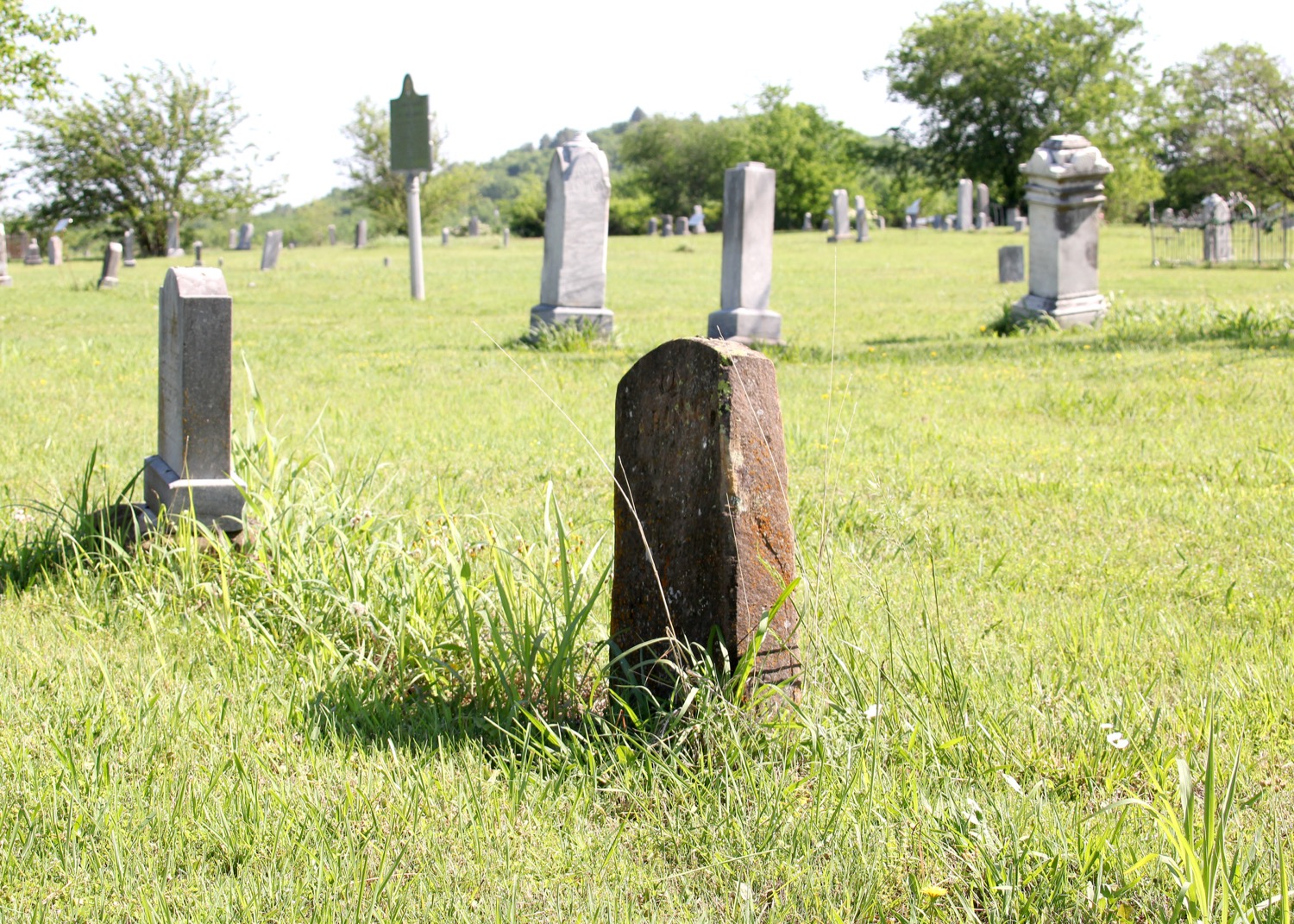
The 5 acres, donated in 1890 by a part Creek Indian and Holiness Preacher named “Uncle Dump” Berryhill, contains as many as 3,300 gravesites, only 500 of which are marked, some with little more than a sandstone.
Every year, since 1992, this quiet little cemetery, surrounded on three sides by pasture and farming equipment, springs to life on Memorial Day, with a service that pays homage to the pioneers who made it possible.
Steve Horner, President of the Twin Mounds Pioneer Cemetery Association, which has cared for the cemetery since its inception in the late 1980s, has a lot of family on both sides buried there, including his parents. “I told them I’d take care of them as long as I was alive,” he said. “And I’m still doing it. I said as long as I was alive, not as long as they were alive.”
Horner’s family includes a great-uncle who was gassed by the French in the trenches during World War 1 and later returned to the United States and died of Tuberculosis. “We don’t know if getting gassed had anything to do with him dying that way, but it surely didn’t help,” Horner said.
His lineage also includes R.T. Barber, a great-grandfather. Barber was a Deputy Marshal, known for taking outlaws to “Hanging Judge Parker” in Arkansas. His tombstone is marked with a star—a common symbol for pioneer-era law enforcement.
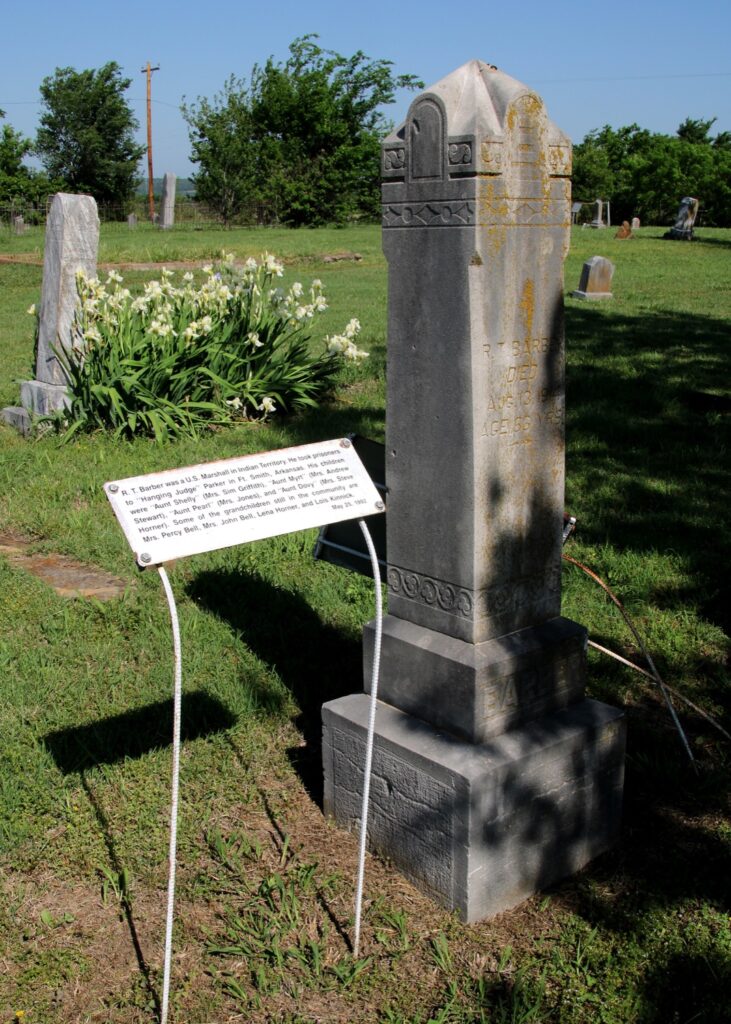
The cemetery is also the original site of what would become the town of Mounds. Originally called Posey, named for Alex Posey, a Creek Indian poet, the town sat on the high ground between the two mounds near the area. The town was moved in order to catch the railroad that was being constructed to the southwest. The first time the town moved, it was too close to Kiefer for the train to stop, so they moved again, a mile south, where the town remains today.
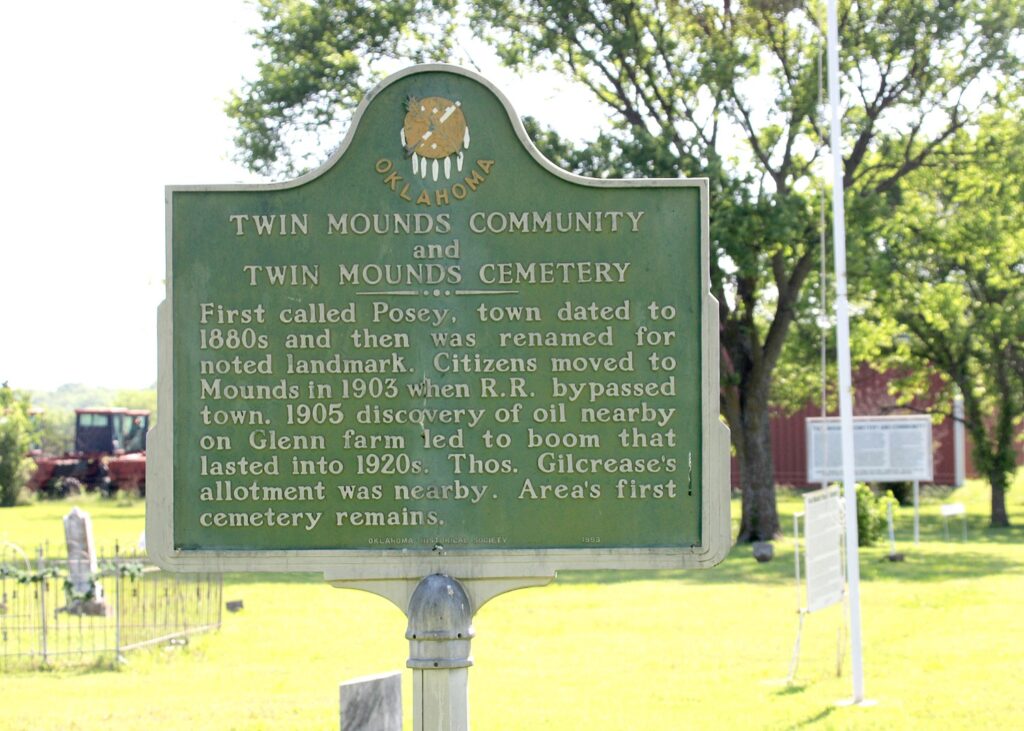
In 1905, the discovery of oil at the Ida Glen Pool to the northeast set off an oil boom. The land was allotted to Martha Boling, who then signed an oil lease on her entire quarter section that included the five acres dedicated to the cemetery.
When the drillers and oil men started to move in, Uncle Dump pitches his tent at the cemetery and guarded it with a rifle across his knees.
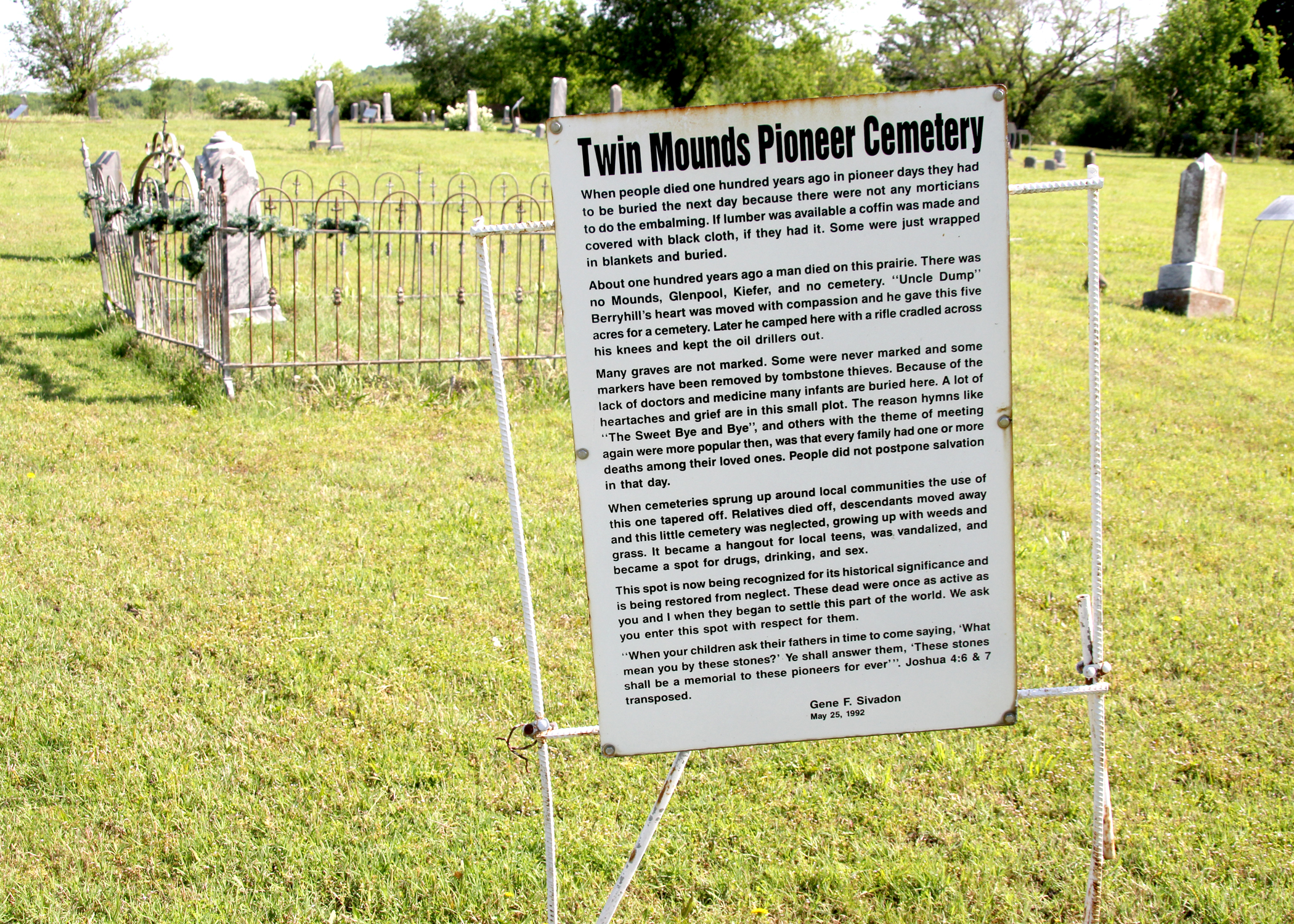
The markers contain the names of infants, husbands, wives, sons, and daughters, many of whom perished to the extremities of living the prairie life. According to the enameled signs with as much family information as the association could find, folks became residents of the cemetery through many means, whether by accident or sheer old age.
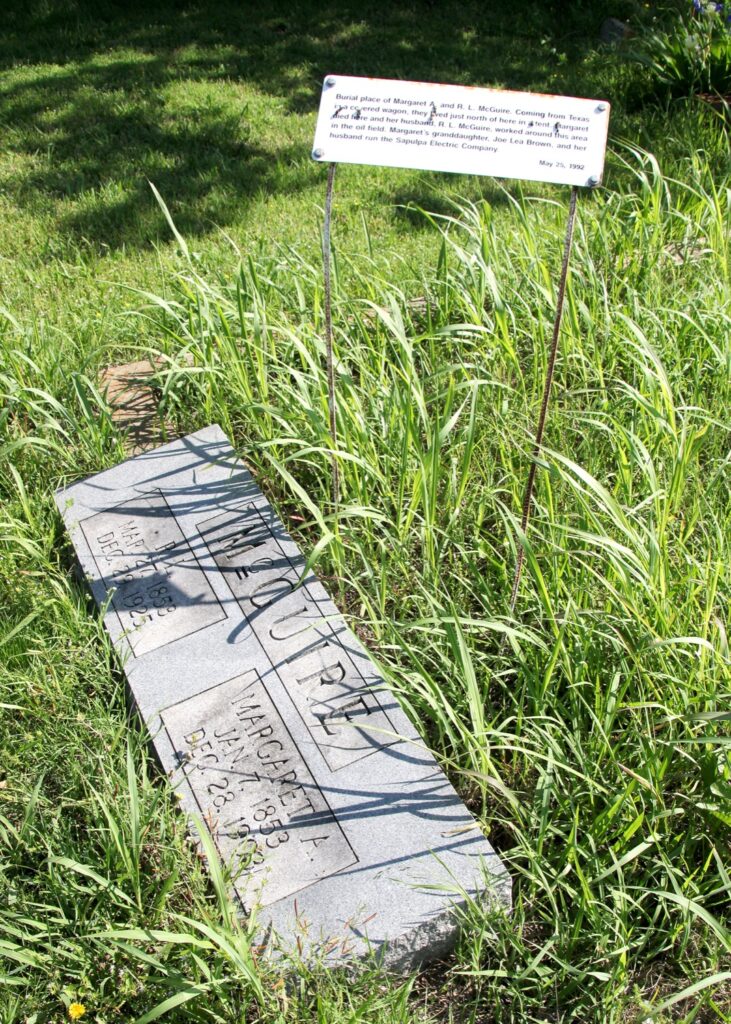
Among the most noted residents (or former residents, anyway,) is Thomas Gilcrease (yes, that Gilcrease). Another sign marks the spot where his body was, and when it was moved.
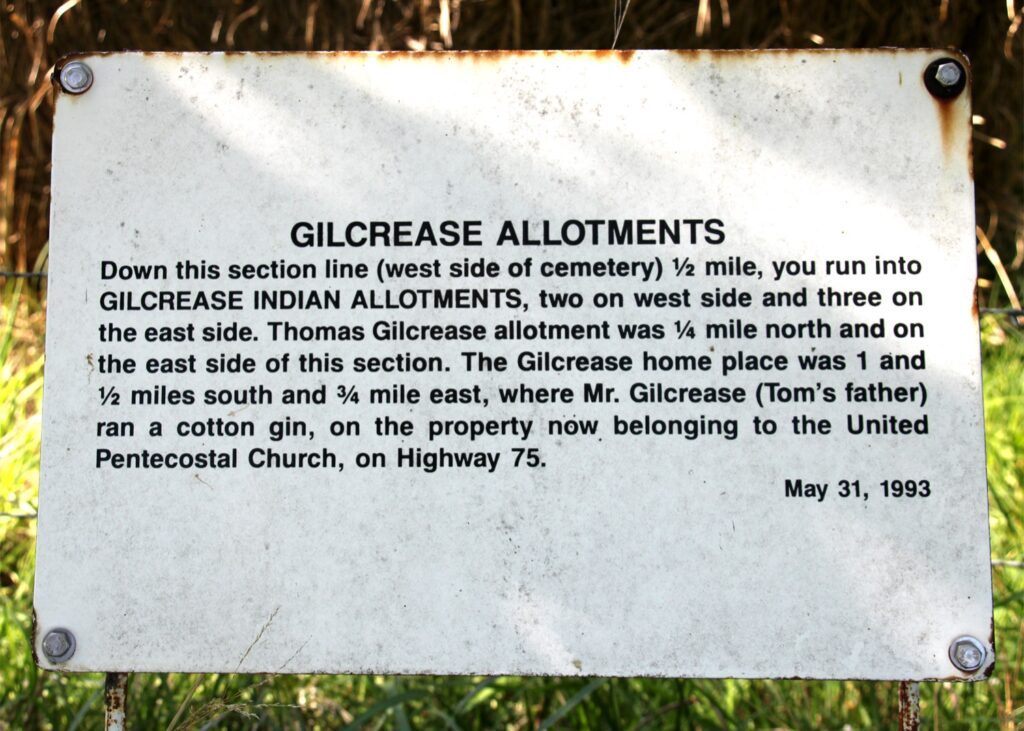
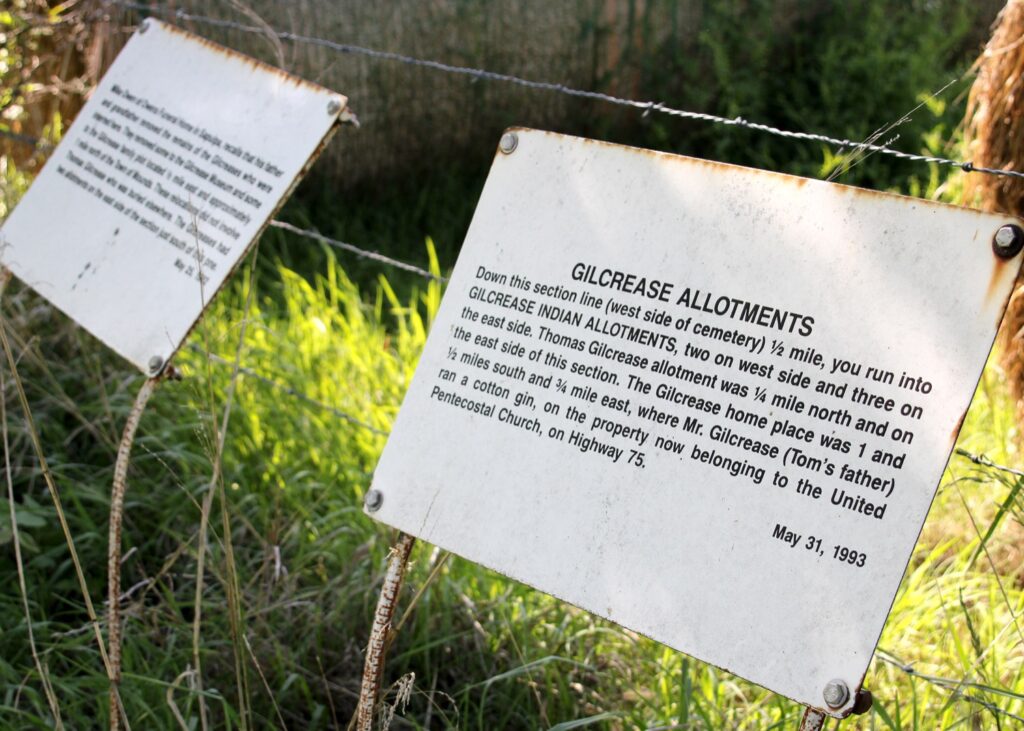
These days, the only way you get to be a resident is if you have a family member already there. Some will come from far and wide to be buried with their families, says Horner, who recounted the story of a distant relative who died in Texas and was cremated, but wished to have their ashes buried in the Twin Mounds Cemetery. “It was the first time I’d ever had to deal with caring for a relative across state lines like that,” he said, adding that the funeral home helped coordinate the efforts and that he himself dug the hole.
Each year, Horner, now in his eleventh year as president of the association, prints out a newsletter reminding members of the upcoming Memorial Day weekend and reminding of the need for donations to help keep the place mowed. It takes thousands of dollars, and many of those who have family in the area are more than willing to help support the cause.
The newsletter, printed on bright yellow paper, goes out to about 200 people. Horner addresses each one by hand. “There used to be more, but they keep dying off,” he said.
A couple of years ago, Horner painstakingly constructed a new sign for the cemetery, hand-chiseling the letters in and burning them with a blowtorch. “It’s already looking weathered, but I’ll bet it’ll still be up when I’m in that cemetery,” he said.
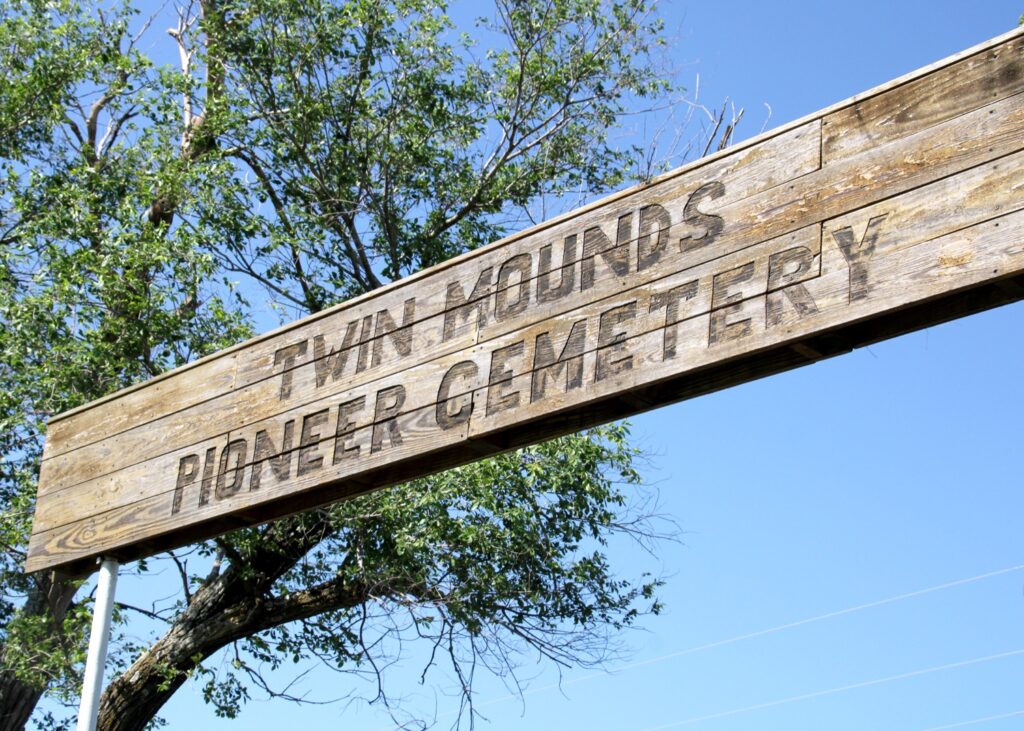
The Twin Mounds Pioneer Cemetery will have their annual Memorial Day Gathering on Monday, May 30th at 10:00am. If you’re interested in contributing to the association to help with maintenance costs, you can send a check payable to the “Twin Mounds Pioneer Cemetery Association” to 16701 S. 33rd W. Ave, Glenpool, OK 74033.



